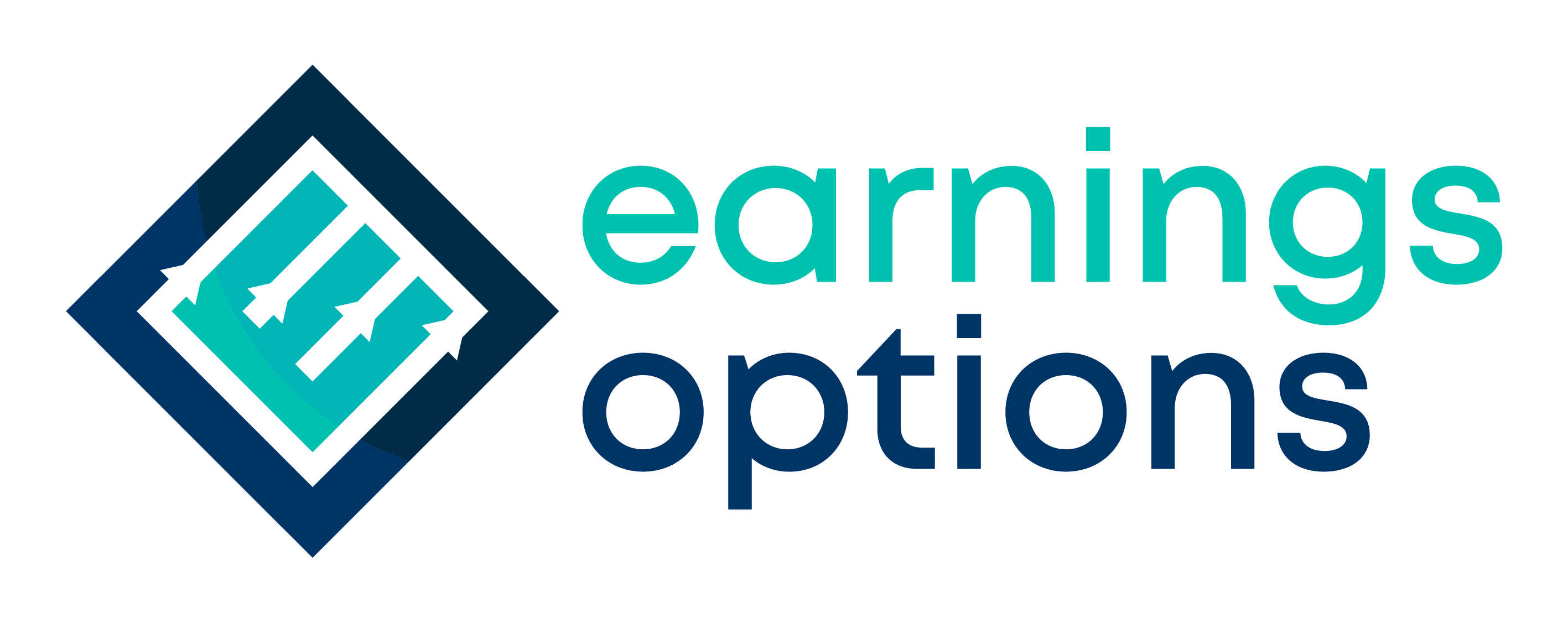Navigating through financial responsibilities can be daunting, but mastering the art of budgeting is a crucial step towards achieving financial stability and peace of mind. A well-planned budget helps you take control of your financial future, ensuring that you are prepared for both expected and unexpected expenses. This comprehensive guide will walk you through the steps to create a personal budget, discuss different budgeting methods, and introduce tools that can assist you in this financial journey.
Step 1: Evaluate Your Financial Goals
Before diving into numbers, it’s important to establish what you want to achieve with your budget. Are you looking to pay off debt, save for a big purchase, or simply ensure you’re living within your means? Setting clear and achievable financial goals will provide direction and motivation throughout your budgeting process.
Step 2: Track Your Income and Expenses
To create an effective budget, you need a thorough understanding of your income and expenses. Start by listing all sources of income, including your salary, any freelance work, or additional income streams. Next, track your expenses over a month. Categorize your spending into essentials (rent, utilities, groceries) and non-essentials (dining out, entertainment). Be as detailed as possible to ensure accuracy.
Step 3: Analyze Your Spending Habits
Once you have a clear picture of your income and expenses, analyze your spending habits. Are there areas where you consistently overspend? Alternatively, are there categories where you can afford to allocate more funds? Identifying these patterns is key to creating a budget that reflects your lifestyle and priorities.
Step 4: Set Realistic Budgeting Goals
With your spending habits in mind, set realistic budgeting goals. Allocate sufficient funds to essentials and debt repayment, and then distribute the remaining income according to your priorities and financial goals. Ensure that your budget is balanced, meaning your expenses do not exceed your income.
Step 5: Choose a Budgeting Method
There are several budgeting methods to choose from, each with its unique approach:
- The 50/30/20 Rule: Allocate 50% of your income to necessities, 30% to wants, and 20% to savings and debt repayment.
- Envelope System: Cash is divided into envelopes designated for different spending categories, and once the cash is gone, no more spending is allowed in that category until the next budgeting period.
- Zero-Based Budgeting: Assign every dollar of your income a specific job, ensuring that your income minus your expenses equals zero.
- The Pay Yourself First Method: Prioritize savings and debt repayment before allocating funds to other categories.
Choose the method that best aligns with your financial goals and personal preferences.
Step 6: Use Budgeting Tools
Leverage budgeting tools and apps to simplify the process and ensure accuracy. Popular options include:
- Mint: This app aggregates all your financial accounts, tracks your spending, and provides visual representations of your budget.
- YNAB (You Need A Budget): YNAB offers a proactive approach to budgeting, emphasizing the importance of giving every dollar a job.
- PocketGuard: This tool helps prevent overspending by showing you how much you have left to spend in various categories after accounting for bills and goals.
Choose a tool that complements your chosen budgeting method and preferences.
Step 7: Monitor and Adjust Your Budget Regularly
A budget is not set in stone. Regularly monitor your spending, compare it to your budget, and adjust as necessary. Life circumstances change, and your budget should evolve to reflect these changes.
Step 8: Stay Committed and Patient
Budgeting requires commitment and patience. It might take a few months to fully adjust to your new financial plan, and that’s okay. Stay persistent, and remember that the goal is long-term financial stability and achieving your financial goals.
Conclusion
Mastering the art of budgeting is a journey that requires dedication, awareness, and a proactive approach to managing your finances. By following these steps, choosing a budgeting method that suits your needs, and utilizing budgeting tools, you are on your way to achieving financial stability and peace of mind. Remember, the goal is not to restrict your spending, but to empower you to make informed financial decisions that align with your goals and priorities. Happy budgeting!

